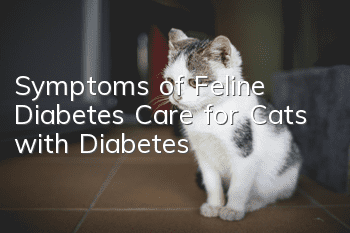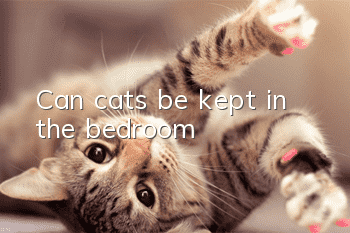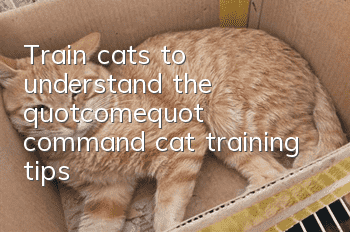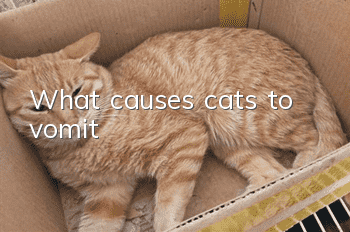Symptoms of Feline Diabetes Care for Cats with Diabetes

The symptoms of feline diabetes include a strong appetite and the need for food to replenish the energy needed by the body; polydipsia and polyuria. Cats suffering from diabetes will urinate more and drink more water; lose weight, and a large amount of carbohydrates, fats and proteins in the cat's body will be consumed. consumption.
Symptoms of feline diabetes: strong appetite
Due to a large amount of sugar loss in the cat’s body, the body cannot get enough energy and will always be in a state of hunger. Lack of energy requires supplementation, which causes cats to have hyperappetite and increase food intake.
Symptoms of feline diabetes: polydipsia and polyuria
Cats suffering from diabetes will have symptoms of polyuria. This is mainly because the sugar in the cat's blood is eager to be excreted through the kidneys in the form of urine. Because polyuria causes excessive water loss in the cat's body, the cat will drink water constantly. The more cats urinate, the more they drink, and there is a direct relationship between them. Symptoms of Feline Diabetes Care for Cats with Diabetes
Symptoms of feline diabetes: weight loss
Due to insufficient insulin in the body, cats cannot fully utilize glucose, so they can only accelerate the decomposition of fat and protein to replenish energy and calories. A large amount of carbohydrates, fats and proteins in the cat's body are consumed, coupled with the loss of water, the cat loses weight rapidly and becomes emaciated. In severe cases, the cat's weight can lose 30% within a week, leading to fatigue and weakness.
Care methods for cats suffering from diabetes
Cat diabetes can be controlled and alleviated through treatment, but if left untreated, it can be life-threatening. For diabetic cats, the first thing that should be paid attention to is the diet. The owner should provide the cat with high-protein, low-fat, and low-carbohydrate food. The food should be eaten regularly and quantitatively to avoid the cat eating a large amount at one time. Use insulin according to the sick cat's condition and insulin requirements, judge the medication effect based on the measured blood sugar value, and adjust the dosage to find the appropriate dosage.
- Under what circumstances does a cat need to lose weight? Here’s a step-by-step guide to cat weight loss!
- The cat makes a dove-like sound in its throat
- What is the difference between N blood and R blood of Ragdoll cats?
- How to train a cat not to bite and learn a few tricks to correct its bad habits!
- How to stop cats from destroying curtains and paper? What are the methods?
- What are some ways to relieve cats’ loneliness? A must-read for novices!
- What are the smells that cats hate the most?
- A must-read for cat owners | Symptoms and treatment of cat ear mites!
- Some common knowledge about cat whiskers
- If your cat suddenly pees everywhere, you need to consider these three situations.



